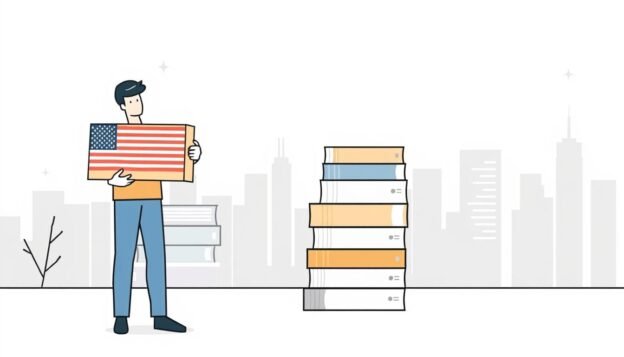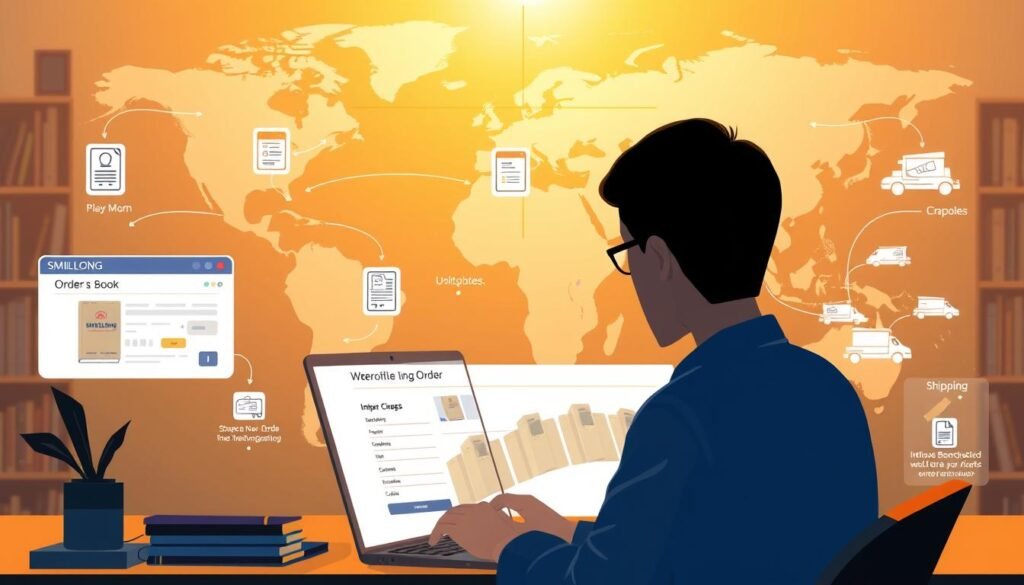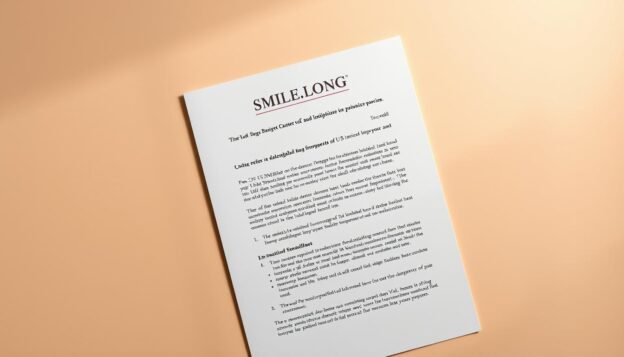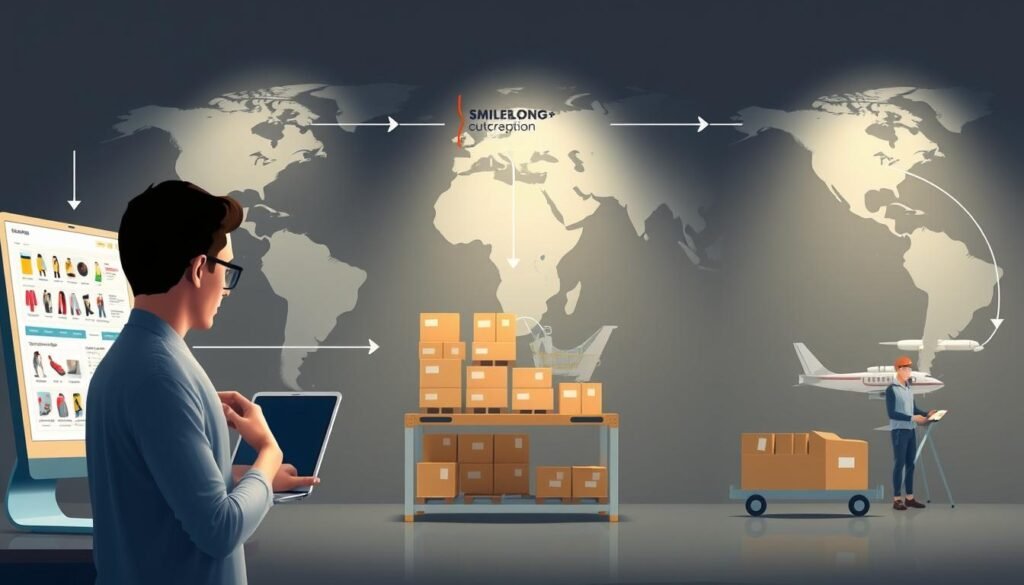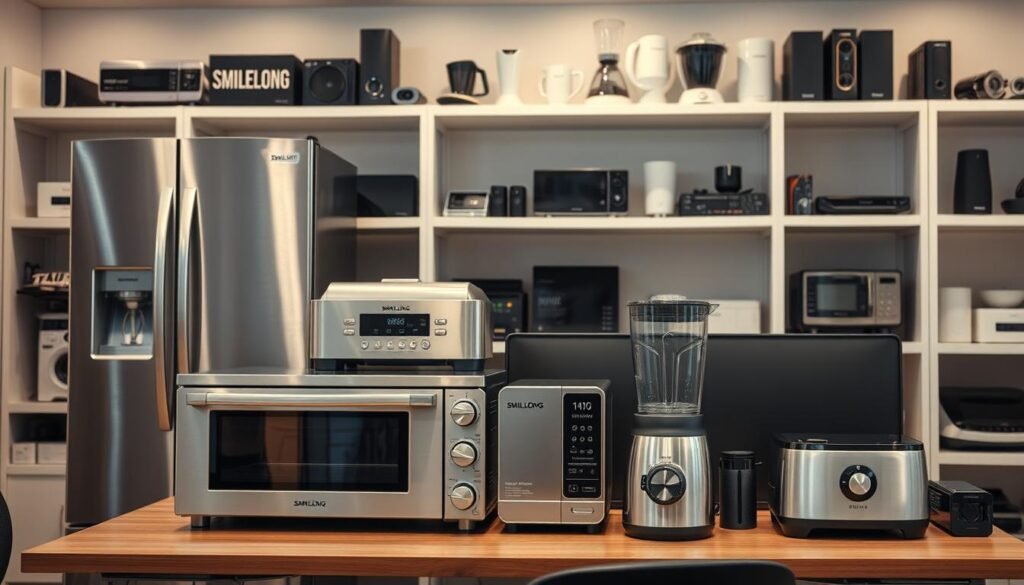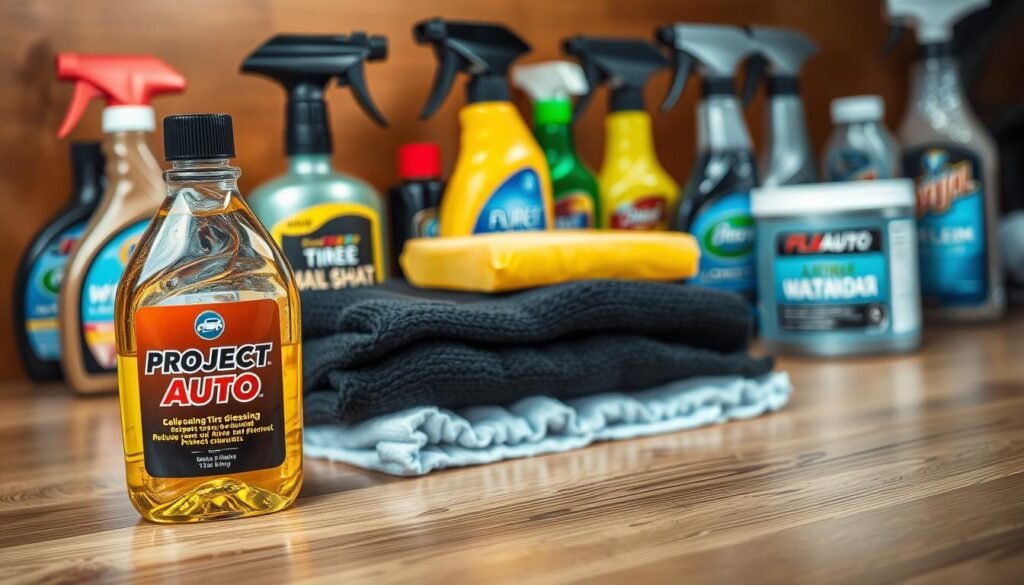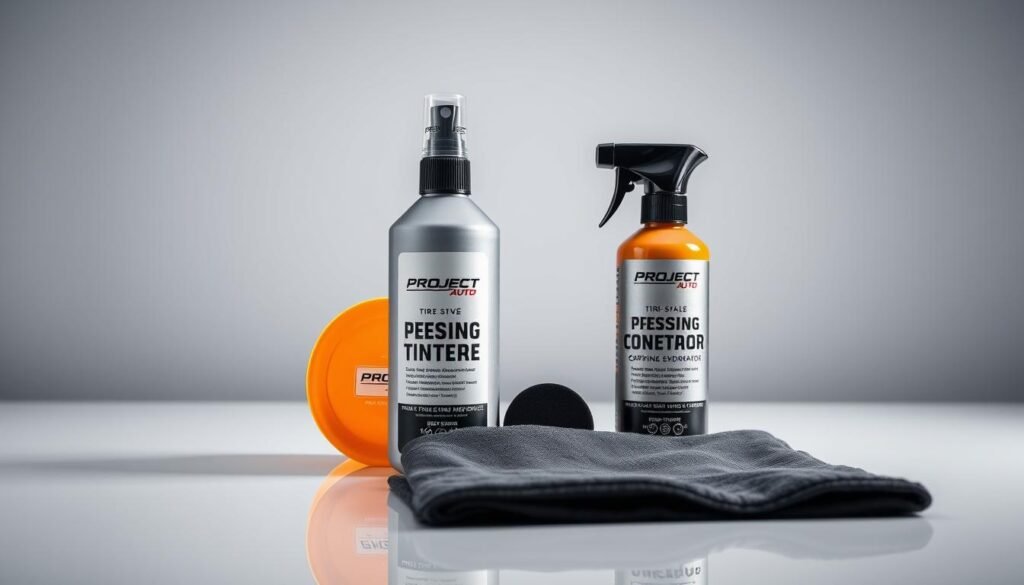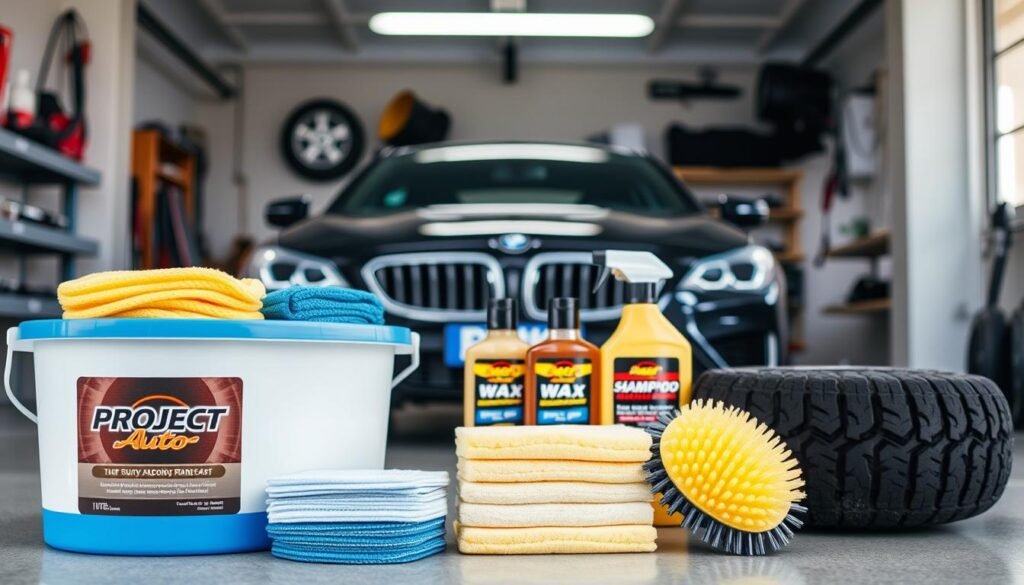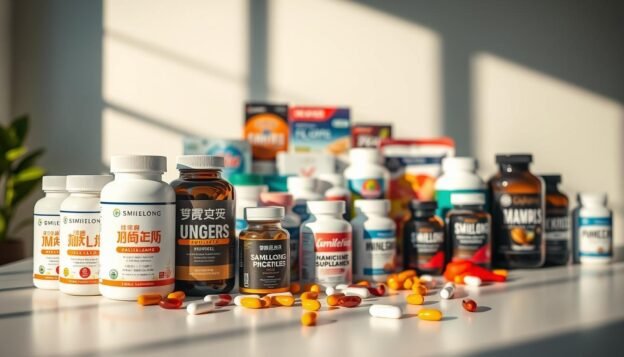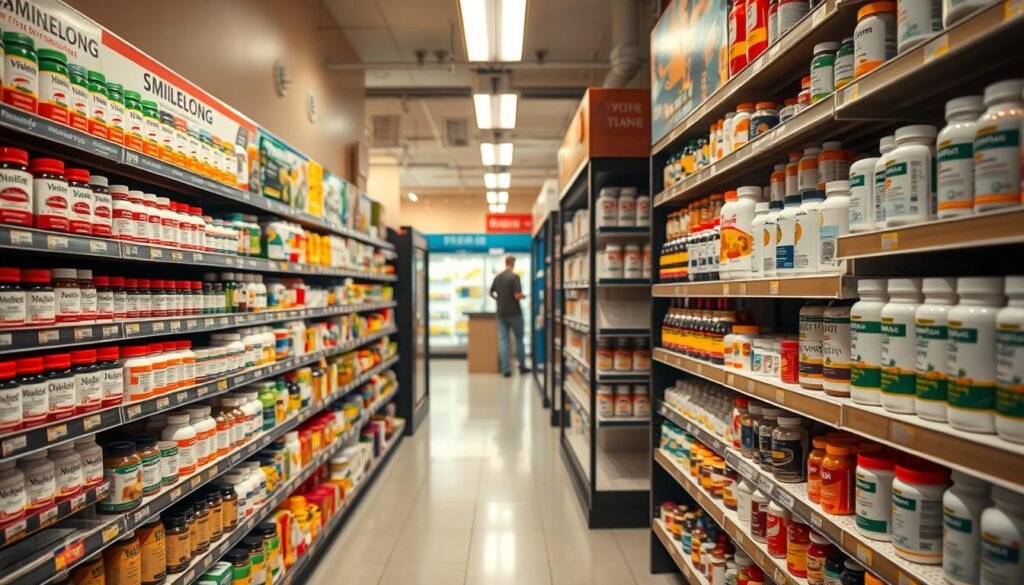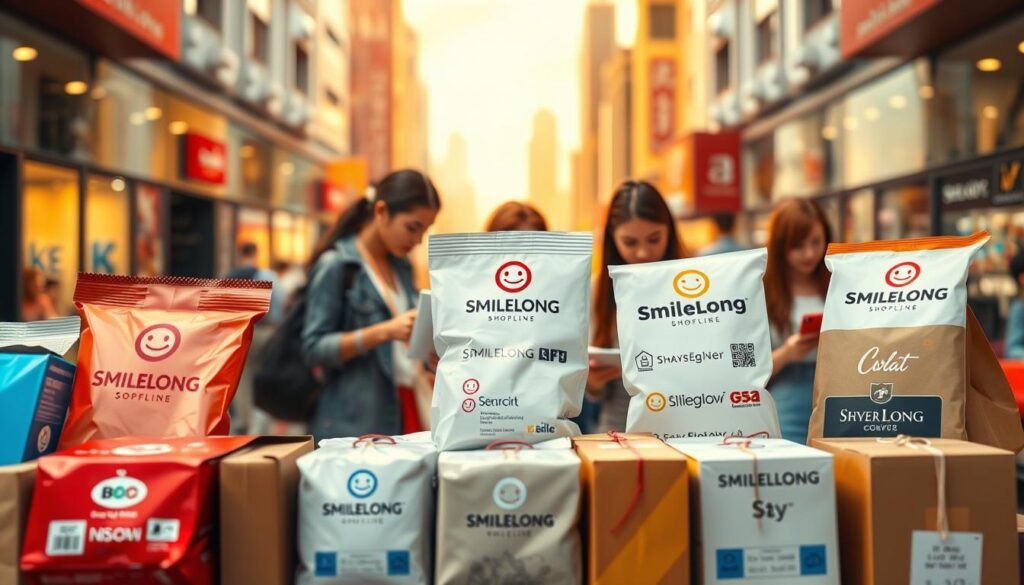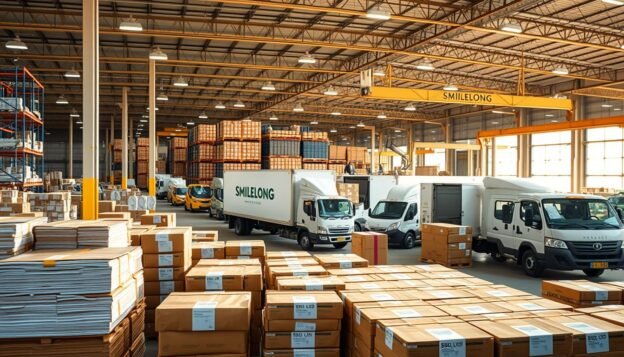你是否曾經因為車位狹窄而擔心洗車時可能造成的刮痕?在香港擁擠的urban環境中,如何安全地清潔你的愛車成為一個重大挑戰。正確選擇洗車用品不僅能保護車輛外觀,更能有效減少意外刮痕的風險。合適的 Project Auto 洗車用品 能幫助你在狹小的空間中進行安全的清潔。
Project Auto深知香港車主面臨的獨特清潔挑戰。狹小的車位對車輛外觀構成巨大威脅,精心挑選的洗車用品可以成為保護車輛的關鍵。汽車清潔劑、打蠟工具和車用海綿的選擇變得尤為重要,這些洗車用品的質量直接影響到清潔效果。
瞭解如何在有限空間中安全清潔車輛,不僅能保護你的寶貴資產,更能延長車輛的美觀和壽命。每一次洗車都是維護車輛的機會,選擇合適的洗車用品至關重要,這樣可以有效避免因為不當使用而造成的刮痕。
重點提示
- 選擇適合狹小車位的洗車用品
- 減少洗車時意外刮痕的風險
- 瞭解不同洗車用品的特性
- 注意香港特殊的urban清潔環境
- 保護車輛外觀的關鍵在於正確選擇工具
洗車用品的種類與選擇
在香港狹小的車位環境中選擇正確的洗車用品變得尤為重要。不同的洗車用品能幫助您有效清潔車輛,同時保護車身表面免受刮痕。以下是專業車主必知的洗車用品選購指南。

常見的洗車用品介紹
市面上的洗車用品種類繁多,主要包括:
- 洗車精:專業清潔車身的基礎產品
- 水桶刷子套裝:提供全方位清潔工具
- 車身上光劑:保護車漆並增添光澤
優質洗車用品的特徵
挑選洗車用品時,您需要注意以下關鍵特徵:
- 清潔效果強勁
- 對車漆無傷害
- 易於使用
- 環保無毒
「好的洗車用品能延長車輛壽命,保護您的寶貴資產。」
合適的洗車用品使用技巧
使用洗車精和水桶刷子套裝時,建議遵循以下技巧:
- 選擇適合您車型的專業洗車精
- 使用柔軟的刷子避免刮傷車身
- 車身上光劑使用要均勻細膩
- 定期保養車輛表面
透過精心選擇和正確使用洗車用品,您可以在有限的空間中輕鬆維護愛車的外觀。
洗車用品對車輛保護的重要性
在香港擁擠的城市環境中,車輛外觀的維護變得尤為重要。優質的洗車用品不僅能保持車輛美觀,更能有效延長車漆壽命。正確使用洗車機和汽車拋光產品,可以有效減少車漆損傷,保護您的寶貴資產。
- 定期清潔車身表面
- 使用專業車漆保護產品
- 避免陽光直接照射
- 及時處理小劃痕
如何使用洗車用品保持車輛外觀
選擇合適的洗車用品能夠有效保護您的愛車。建議採用以下清潔步驟:
- 使用專業洗車機清潔車身
- 選擇適合的汽車拋光產品
- 輕柔打磨車漆表面
- 塗抹保護蠟
洗車用品對油漆的保護效果
不同的洗車用品對車漆有不同的保護效果。以下是常見的車漆保護產品比較:
| 產品類型 | 保護效果 | 使用頻率 |
|---|---|---|
| 拋光蠟 | 中等 | 每月1-2次 |
| 陶瓷鍍膜 | 高 | 每半年1次 |
| 噴蠟 | 基本 | 每週1次 |
在香港潮濕多變的氣候中,定期使用優質的洗車用品可以有效延長車漆壽命,保持車輛外觀光澤。建議根據個人需求和車輛使用情況,選擇合適的車漆保護方案。
在香港選擇洗車用品時的考量
在香港這個空間緊湊的城市中,選擇合適的洗車用品變得尤為重要。您的車輛不僅是交通工具,更是寶貴的資產,因此妥善保護和清潔至關重要。Project Auto品牌深知香港車主面臨的獨特挑戰,為您提供專為本地環境設計的洗車用品。
狹小的居住空間意味著您需要精心挑選緊湊型的汽車清潔劑和打蠟工具。選擇多功能且佔用空間少的洗車用品,可以幫助您在有限的儲存空間中妥善保管清潔工具。Project Auto推出的產品系列正是為解決這一痛點而設計。
香港潮濕多變的氣候對車輛表面造成巨大壓力。高濕度環境容易導致車漆氧化和銹蝕,因此選擇具有防護功能的洗車用品非常重要。Project Auto的產品採用特殊配方,能有效抵禦鹽分、酸雨和紫外線,為您的愛車提供全方位保護。
作為本地車主,建議您選擇專業且針對性強的洗車用品。Project Auto不僅提供高品質清潔工具,還能幫助您在有限空間內輕鬆維護愛車。探索他們的產品系列,找到最適合您需求的清潔解決方案。
FAQ
在香港狹小的車位中,如何選擇適合的洗車用品?
在香港的狹小車位中,您應該選擇體積小、操作方便的洗車用品。建議選擇緊湊型水桶、多功能車用海綿和便攜式洗車精,這些可以幫助您在有限空間內輕鬆清潔車輛,同時減少刮花風險。
如何識別優質的洗車用品?
優質洗車用品應具備以下特徵:pH值中性、不含腐蝕性化學成分、能有效去除污漬且不傷害車漆。建議選擇知名品牌的專業洗車精、柔軟的微纖維毛巾和高品質的拋光工具,以確保車輛得到最佳保護。
洗車用品對車漆保護有什麼重要性?
正確使用洗車用品可以有效保護車漆免受污染、氧化和腐蝕。車身上光劑和汽車拋光產品能夠在香港潮濕多變的氣候中為車漆提供額外的保護層,防止酸雨、鹽分和陽光直射造成的損傷。
香港的氣候環境對洗車用品有什麼特殊要求?
香港的高濕度和鹽分環境要求洗車用品具有防腐蝕、快速乾燥的特性。您應選擇能快速清潔且容易沖洗的洗車精,以及具有防水和防污功能的車身保護劑,以應對當地獨特的氣候條件。
在有限空間中如何有效存儲洗車用品?
建議選擇緊湊型、可疊放的洗車用品容器。使用多功能收納盒,將洗車精、海綿、毛巾等分類整理。選擇密封性好的產品,避免洩漏,並盡可能選擇體積小的專業級洗車工具。
洗車機和手動洗車工具哪個更適合香港環境?
對於香港的狹小車位,手動洗車工具通常更加實用。便攜式水桶刷子套裝、微纖維毛巾和專業洗車精可以在有限空間內靈活操作,而且更容易控制清潔力度,減少刮花風險。
如何正確使用洗車用品以保護車漆?
建議按照以下步驟:首先使用中性洗車精徹底清潔車身,然後用柔軟的微纖維毛巾輕柔擦拭,接著使用車身上光劑增加保護層。定期使用拋光產品,可以修復輕微劃痕並保持車漆光澤。





